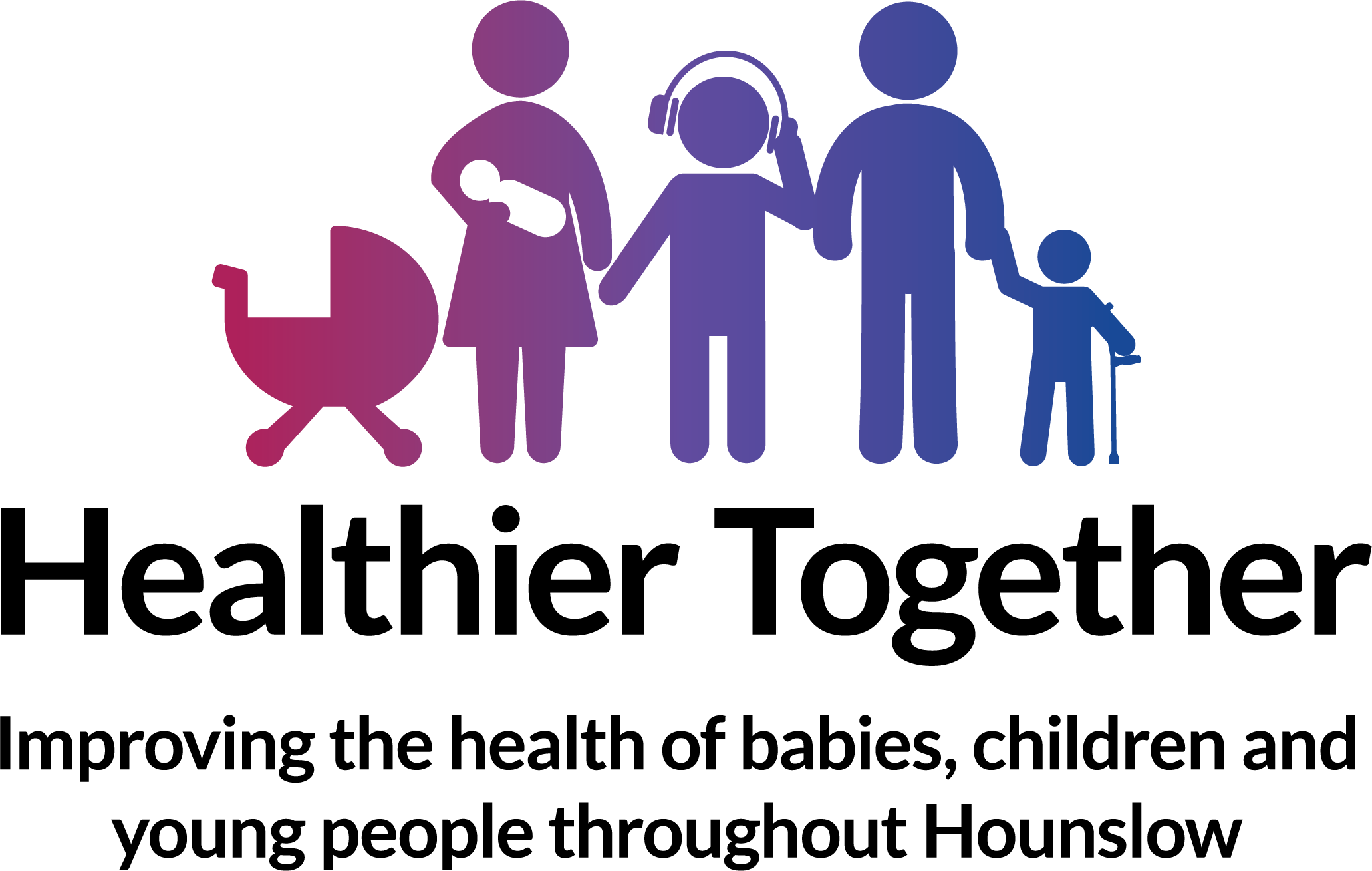Jaundice in babies
Advice for professionals
When should you worry?
If your baby has any of the following:
- Unable to wake (unarousable)
- Rhythmic jerky movements of arms or legs (a seizure)
- Pauses in breathing or irregular breathing pattern
- Pale, mottled and feels abnormally cold to touch
- Is under 3 months of age with a temperature of 38°C / 100.4°F or above (unless fever in the 48 hours following vaccinations and no other red or amber features)
You need urgent help
Go to the nearest Hospital Emergency (A&E) Department or phone 999
If your baby has any of the following:
- Rapid progression in the intensity of ‘yellowness’
- Looks very pale and yellow
- Becoming increasingly sleepy and less interested in feeding
- Unable to settle (inconsolable)
- No wet nappies in the last 8 hours
- Extremely pale (chalk coloured) stool- keep a sample to show the doctor
- Jaundice remaining beyond 2 weeks of life (after 3 weeks of life in a premature baby)
- Is 3-6 months of age with a temperature of 39°C / 102.2°F or above (but fever is common in babies up to 2 days after they receive vaccinations)
- Continues to have a fever of 38.0°C or above for more than 5 days
You need to contact a doctor or nurse today
Please ring your GP surgery or call NHS 111 - dial 111
If none of the above features are present:
- Baby looks lightly yellow, mainly on face, which can progress to a mild to moderate intensity in the next day or two, before fading away completely over the next two weeks. Continues to feed well, breast or formula
- Has plenty of wet nappies and continues to pass dark green poo changing to yellow "seedy" by day 5
- Baby wakes up/cries appropriately for feeds
Self care
Continue providing your child’s care at home. If you are still concerned about your child, call NHS 111 – dial 111
This guidance was last reviewed 20/12/2024.
It is completely normal for babies to get mildly jaundiced. That’s because babies are born with high levels of red cells in their blood. After birth, as these red cells break down, they produce a yellow pigment called bilirubin. Bilirubin is normally removed by the liver, but as babies have an immature liver at birth, it can take up to 2 weeks for the bilirubin to clear. Breast feeding can cause mild jaundice as well – however the benefits of breastfeeding far outweigh the mild jaundice that may result.
In a small number of cases, there may be an underlying reason for a baby becoming severely jaundiced. This includes blood group incompatibility between the mother and baby, higher than normal level of red cells in the baby (polycythaemia) or genetic problems with the red cells. If there is a family history of red cell problems, please let your midwife know during pregnancy- your baby may need special tests after birth.
Jaundice occasionally persists beyond two weeks of age (beyond three weeks for babies born preterm- less than 37 completed weeks). If this happens, your baby is likely to be called into the hospital for further blood tests to find out reasons for this prolongation. In most instances, the cause for this is just your baby’s liver taking a little longer to adapt (physiological jaundice) or breast milk jaundice. Neither of these are a problem for your baby. We also check the baby for much rarer causes of prolonged jaundice including urine infections, congenital viral infections (CMV), metabolic conditions (G6PD) and biliary atresia. Fortunately, these conditions are very rare and in most instances, the jaundice settles without any treatment.
All newborn babies get a full head to toe examination within 72 hours of being born. In some instances, jaundice is picked up during this examination. If your baby develops jaundice at home, in most situations, they will not need to see a healthcare professional unless they have any red or amber features (see above).
If your baby falls within ‘Amber’, see a GP or Community Midwife urgently as a blood test may be needed to check their jaundice ‘level’. If your baby has any ‘Red’ features, they will need to be immediately assessed in hospital - dial 999 and ask for assistance from the emergency services.
If jaundice appears in the first 24 hours of life then call your midwife.
Continue to feed your baby as planned. If you are breast feeding your baby, continue to breast feed regularly and wake up your baby for feeds, if necessary. Formula supplementation, if not by choice, should only be considered if recommended by medical professionals.
In a vast majority of babies, jaundice does not need treatment and should resolve completely by two weeks of age. Treatment is needed only if the baby’s jaundice ‘level’ is high and is likely to rise further without treatment. This decision will be made by a healthcare professional after they have checked the baby’s jaundice ‘level’ either with a blood test or by using a hand-held device (which, if high, needs to be confirmed by a blood test).
The most common form of treatment is phototherapy. This is where a baby is kept exposed under special light in the hospital. This light alters the pigment bilirubin and makes it easier to be processed by the liver. Phototherapy can be administered on the postnatal ward or children’s ward. If the jaundice level does not come down as expected, then this treatment may need to be ‘intensified’. Click here for a video on phototherapy.
In the vast majority of babies, jaundice does not lead to any long-term complications.


